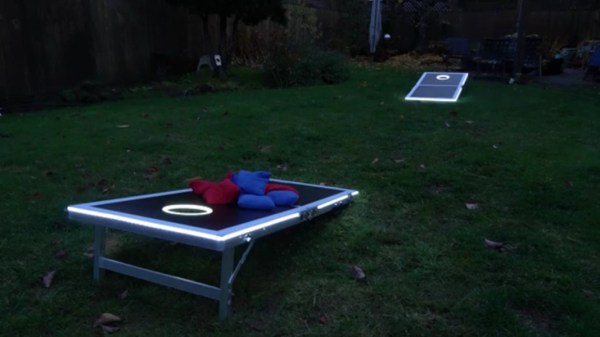When it comes to safely riding a bike around cars, the more lights, the better. Ideally, these lights would come on by themselves, so you don’t have to remember to turn them on and off every time. That’s exactly the idea behind [Jeremy Cook]’s latest build — it’s an automatic bike light that detects vibration and lights up some LEDs in response.
The build is pretty simple — a coin cell-powered ATtiny85 reads input from a spring vibration sensor and flashes the LEDs. This is meant to complement [Jeremy]’s primary bike light, which is manually operated and always on. We especially like that form follows function here — the board shape is designed to be zip-tied to the spokes so it’s as close to the action as possible. He cleverly used cardboard and a laser cutter to mock up a prototype for a board that fits between the spokes. Pretty cool for your second professionally-fabbed PCB ever, if you ask us. Ride past the break to check out the build video.
If you don’t think fireflies on your spokes are enough to keep you safe, go full rainbow party bike.
















